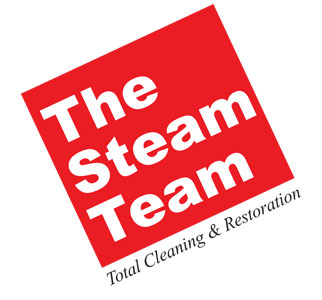Austin, Texas Restoration After the Storm: Drying Structures After a Flood
/Restoration contractors austin, texas
When the waters recede after a flood, the daunting task of restoring homes and buildings begins. Floodwater not only damages belongings but also seeps into the very foundation of structures, leading to potential long-term issues like mold growth and structural instability. Drying out a structure after a flood is a meticulous and critical process, requiring a combination of prompt action, specialized equipment, and careful planning. In this article, we will explore the comprehensive approach to drying structures after a flood, emphasizing the significance of thoroughness, efficiency, and safety in the restoration process.
1. Safety First: Before embarking on any restoration efforts, it’s crucial to ensure the safety of everyone involved. Floodwater can be contaminated with various pollutants, including sewage, chemicals, and debris. Thus, wearing appropriate personal protective equipment (PPE) such as gloves, masks, and boots is essential. Additionally, be cautious of electrical hazards; if there’s a risk of electrical issues, turn off the power supply to the affected area to prevent accidents.
2. Assessing the Damage: A thorough assessment of the damage is the first step in creating an effective drying plan. Identify the extent of water intrusion, determining which areas are affected, and to what degree. This assessment guides the restoration process, allowing you to prioritize areas that need immediate attention and plan for the necessary equipment and manpower.
3. Water Removal: Before drying can begin, all standing water must be removed from the structure. High-powered pumps and vacuums are typically used to extract water efficiently. The sooner water is removed, the less time it has to seep into building materials, mitigating further damage and potential mold growth.
4. Drying Equipment: Specialized drying equipment is employed to expedite the drying process effectively. Industrial-strength dehumidifiers, air movers, and heaters are strategically placed to facilitate optimal drying. Dehumidifiers remove excess moisture from the air, while air movers increase airflow, accelerating evaporation. Proper placement and configuration of this equipment are critical; professionals often use moisture meters to monitor moisture levels and ensure that the drying process is thorough and even.
5. Structural Drying: Floodwater often infiltrates walls, floors, and ceilings, saturating materials like drywall, insulation, and wooden structures. Structural drying is a meticulous process that involves removing water from these materials. Professionals may need to drill holes, remove baseboards, or make other strategic openings to access enclosed spaces. This allows for the efficient circulation of dry, warm air, ensuring that even hard-to-reach areas are thoroughly dried to prevent mold growth and structural weakening.
6. Humidity Control: Humidity control is essential during the drying process. High humidity levels can hinder evaporation and encourage mold growth. Dehumidifiers play a significant role in maintaining optimal humidity levels, ensuring that the affected area is not just visibly dry but also thoroughly free of excess moisture. Monitoring humidity levels throughout the drying process is crucial to achieving effective results.
7. Mold Prevention: Mold is a significant concern after a flood. It can start growing within 24 to 48 hours in the right conditions. Proper and prompt drying is the most effective way to prevent mold growth. Additionally, professionals may use antimicrobial treatments to inhibit mold and bacteria growth in affected areas. Thorough drying, combined with mold prevention measures, ensures a safe and healthy environment after the restoration process.
8. Monitoring and Documentation: Monitoring the drying process is essential to ensure that every part of the structure is adequately dried. Professionals use moisture meters and other specialized tools to assess moisture levels in various materials. Additionally, maintaining a detailed record of the drying process, including photographs, measurements, and moisture readings, is crucial. This documentation serves as essential evidence for insurance claims and provides a clear picture of the restoration efforts undertaken.
9. Restoration and Repairs: Once the structure is thoroughly dried, the focus shifts to restoration and repairs. This stage involves replacing damaged building materials, repairing structural components, and restoring the affected area to its pre-flood condition. Attention to detail is vital to ensure that the structure is not just functional but also aesthetically pleasing. Proper insulation, drywall installation, and finishing are crucial to the long-term integrity of the restored structure.
10. Preventing Future Flood Damage: After the restoration is complete, it’s essential to take proactive measures to prevent future flood damage. This can include elevating electrical systems and appliances, installing backflow valves, reinforcing foundation walls, and landscaping to direct water away from the structure. These preventive measures help minimize the risk of future flooding and ensure the long-term safety and stability of the structure.
Conclusion: Drying out a structure after a flood is a meticulous, multi-faceted process that requires expertise, specialized equipment, and careful planning. Prompt action, thorough assessment, efficient water removal, strategic drying, and vigilant monitoring are all essential components of a successful restoration effort. By prioritizing safety, employing professional expertise, and following a comprehensive approach, individuals can not only restore their properties but also safeguard them against future flood-related challenges. In the face of adversity, a meticulous and strategic restoration process ensures that homes and buildings rise, resilient and stronger, after the storm has passed.




